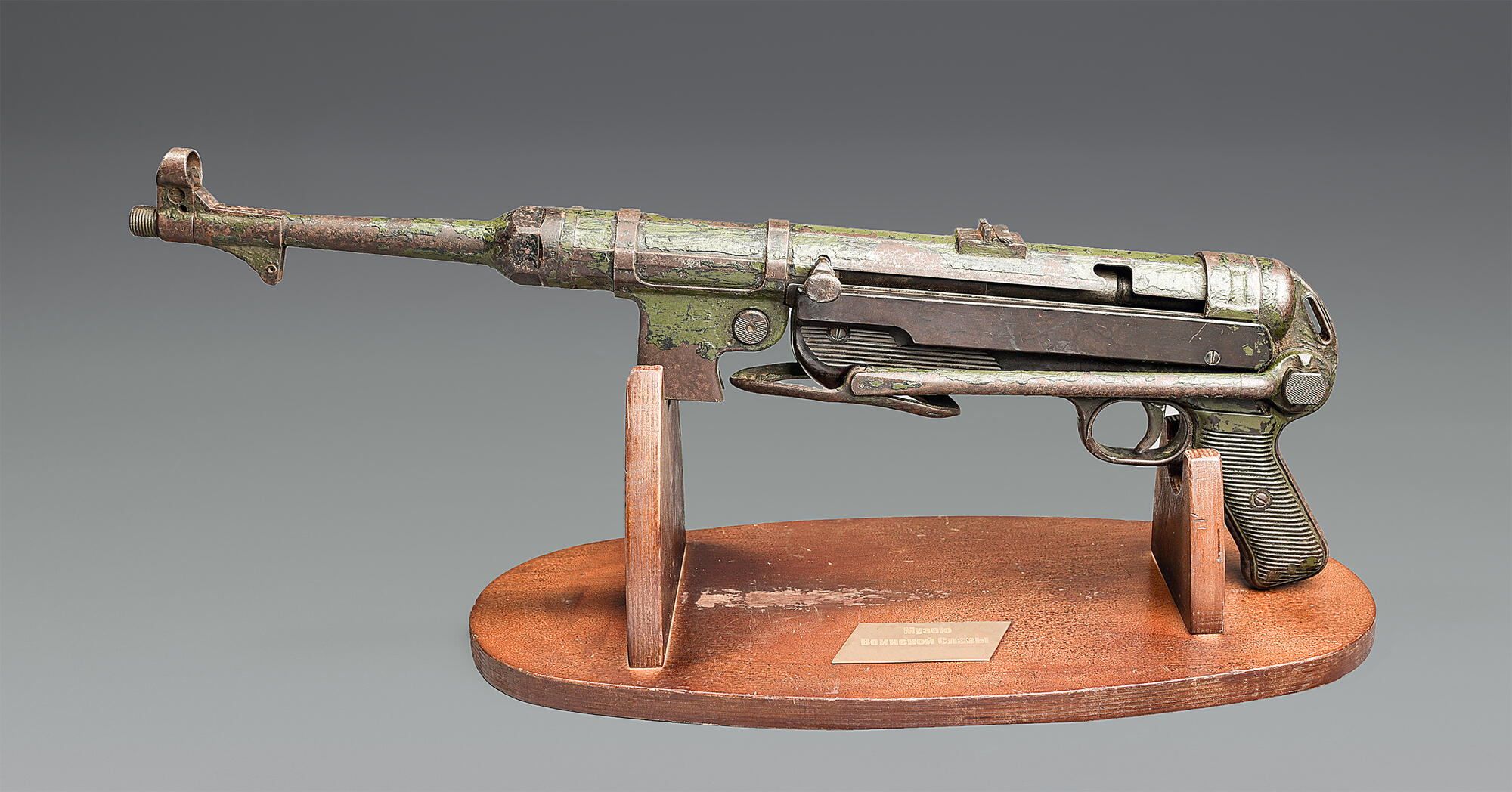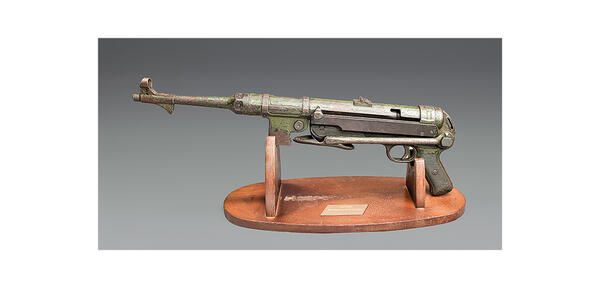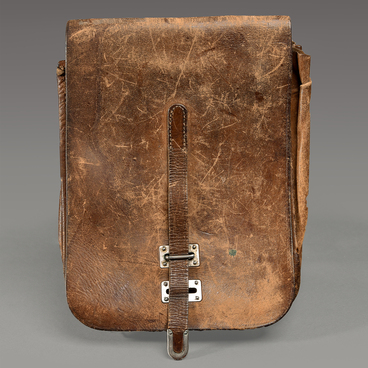The MP-40 submachine gun was one of the most famous Wehrmacht weapons. It was intended to be used by infantry commanders, but was later adopted by paratroopers, tank crews, and special forces. It was used exclusively as a close combat weapon.
Development of the MP-40 was finished in late 1939 and the first test batch was produced as well. Mass production of the submachine guns began in March 1940. By August, German factories were producing about 10 thousand guns per month.
However, by the beginning of World War II only a quarter of a million MP-40s were made. Therefore, most of the Wehrmacht’s special units were still equipped with outdated magazine-loaded, non-automatic Mauser 98 rifles.
The MP-40s were usually fired in short bursts of two to five shots. Squad and platoon leaders used these submachine guns. Tank and armored car crews also used them.
The main advantages of the MP-40 were compactness, ease of operation, high quality of manufacture and exceptional structural strength: it could fire up to 30 thousand rounds without any trouble. The weapon also passed the minus 50 and plus 50 degree firing tests, with the ability to fire after four days in saltwater and after being worn out by sun, dust and dirt. It could also fire after being dropped from a five-meter height onto a concrete floor. The merits of the MP-40 were also the simplicity and ease of maintenance. At the same time, it had good controllability, high accuracy and close range. The main disadvantage of the gun was its cartridge, which did not produce high muzzle velocity.
The MP-40 was produced in several versions. The design of the weapon was constantly being simplified to reduce the complexity of production. Experts count at least five modifications, which differed in both production technology and combat performance. Early versions of the MP-40 could fire about 600 rounds per minute, while newer modifications increased the rate of fire to 750 and some even to 950 rounds per minute.
Development of the MP-40 was finished in late 1939 and the first test batch was produced as well. Mass production of the submachine guns began in March 1940. By August, German factories were producing about 10 thousand guns per month.
However, by the beginning of World War II only a quarter of a million MP-40s were made. Therefore, most of the Wehrmacht’s special units were still equipped with outdated magazine-loaded, non-automatic Mauser 98 rifles.
The MP-40s were usually fired in short bursts of two to five shots. Squad and platoon leaders used these submachine guns. Tank and armored car crews also used them.
The main advantages of the MP-40 were compactness, ease of operation, high quality of manufacture and exceptional structural strength: it could fire up to 30 thousand rounds without any trouble. The weapon also passed the minus 50 and plus 50 degree firing tests, with the ability to fire after four days in saltwater and after being worn out by sun, dust and dirt. It could also fire after being dropped from a five-meter height onto a concrete floor. The merits of the MP-40 were also the simplicity and ease of maintenance. At the same time, it had good controllability, high accuracy and close range. The main disadvantage of the gun was its cartridge, which did not produce high muzzle velocity.
The MP-40 was produced in several versions. The design of the weapon was constantly being simplified to reduce the complexity of production. Experts count at least five modifications, which differed in both production technology and combat performance. Early versions of the MP-40 could fire about 600 rounds per minute, while newer modifications increased the rate of fire to 750 and some even to 950 rounds per minute.



